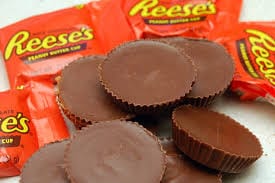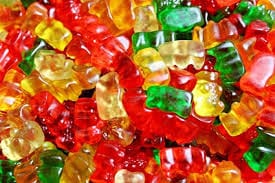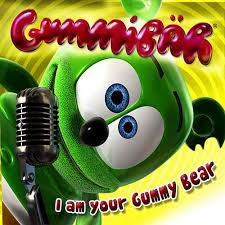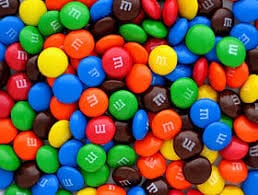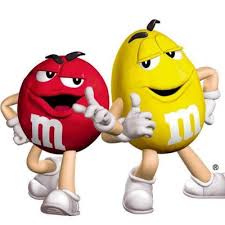In 1919, Harry Burnett Reese, former dairy employee of the Hershey Company, was so inspired by the Milton Hershey and the need to provide for his wife and children that he decided to create his own candy company. The H.B. Reese Candy Company made different candies with ingredients such as coconut, caramel, and molasses, but in the mid 1920’s a special candy made from local Hershey chocolate and specially processed peanut butter was born. Simply known as peanut butter cups back then, as its popularity grew, it became known as the famous Reese’s Peanut Butter Cups. During World War II, sugar became rationed and Reese decided to only produce one candy. He chose the one with least amount of sugar which was, you guessed it, the peanut butter cup!
In 1963, the Hershey Chocolate Company bought the H.B. Reese Candy Company for $23.5 million after Reese passed away. In 1969 Reese’s became the best seller for the Hershey Company, selling over 300 million cups each year. In 1978, Hershey’s created the iconic Reese’s Pieces, which were featured in the famous movie E. T. the Extraterrestrial. After the movie became a hit, Reese’s Pieces sales increased by 60 percent.
Some researchers estimate that Reese’s Peanut Butter Cups are the most popular Halloween candy. Throughout the whole year, Hershey sells over $500 million worth of Reese’s. The cups can be used as a delicious treat themselves, or baked into other treats and desserts. There are a great number of cookbooks online describing the many ways to incorporate the candies into other desserts, such as cheesecakes, brownies, cookies, doughnuts, etc.
Reese’s Peanut Butter Cups are certainly a favorite among my friends. Whenever we would go trick or treating in the past, I remember we would always fight for the Reese’s Peanut Butter Cups. They always have and always will be simply delicious!
Fun Fact: Peanut Butter was first introduced in 1904 at the Universal Exposition in St. Louis.
